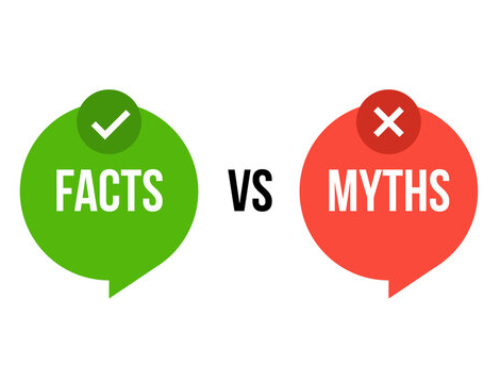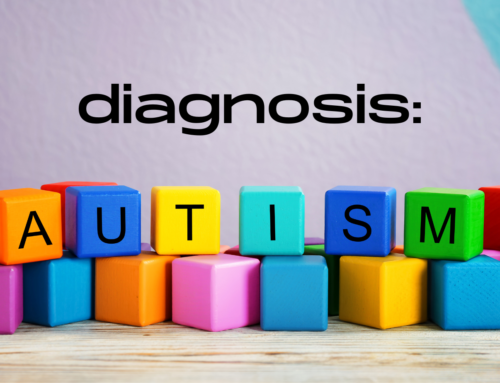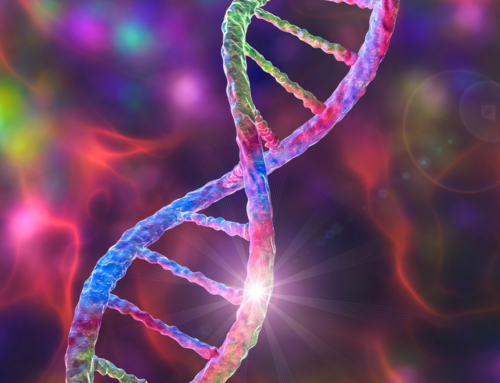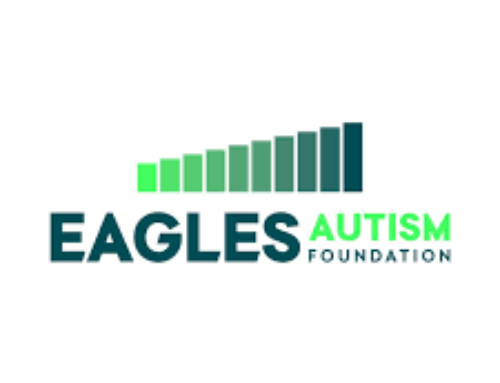(Reuters) – Environmental factors are more important than previously thought in leading to autism, as big a factor as genes, according to the largest analysis to date to look at how the brain disorder runs in
families.
Sven Sandin, who worked on the study at King’s College London and Sweden’s Karolinska institute, said it was prompted “by a very basic question which parents often ask: ‘If I have a child with autism, what is the risk my next child will too?'”
The findings, published in the Journal of the American Medical Association (JAMA), suggest heritability is only half the story, with the other 50 percent explained by environmental factors such as birth complications, socio-economic status, or parental health and lifestyle.
The study also found that children with a brother or sister with autism are 10 times more likely to develop the condition, three times if they have a half-brother or sister with autism, and twice as likely if they have a cousin with autism.
“At an individual level, the risk of autism increases according to how close you are genetically to other relatives with autism,” said Sandin. “We can now provide accurate information about autism risk which can comfort and guide parents and clinicians in their decisions.”
People with autism have varying levels of impairment across three common areas: social interaction and understanding, repetitive behavior and interests, and language and communication.
Read the whole story at HuffingtonPost.com






